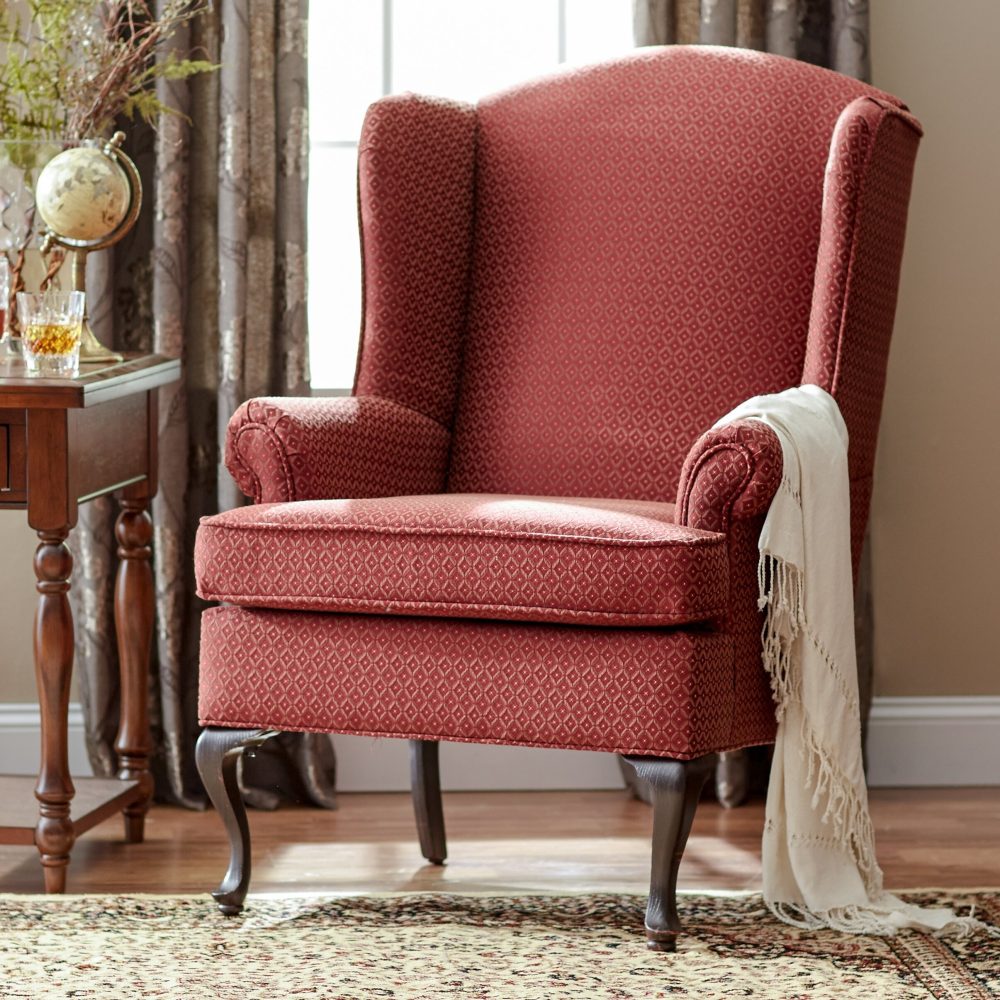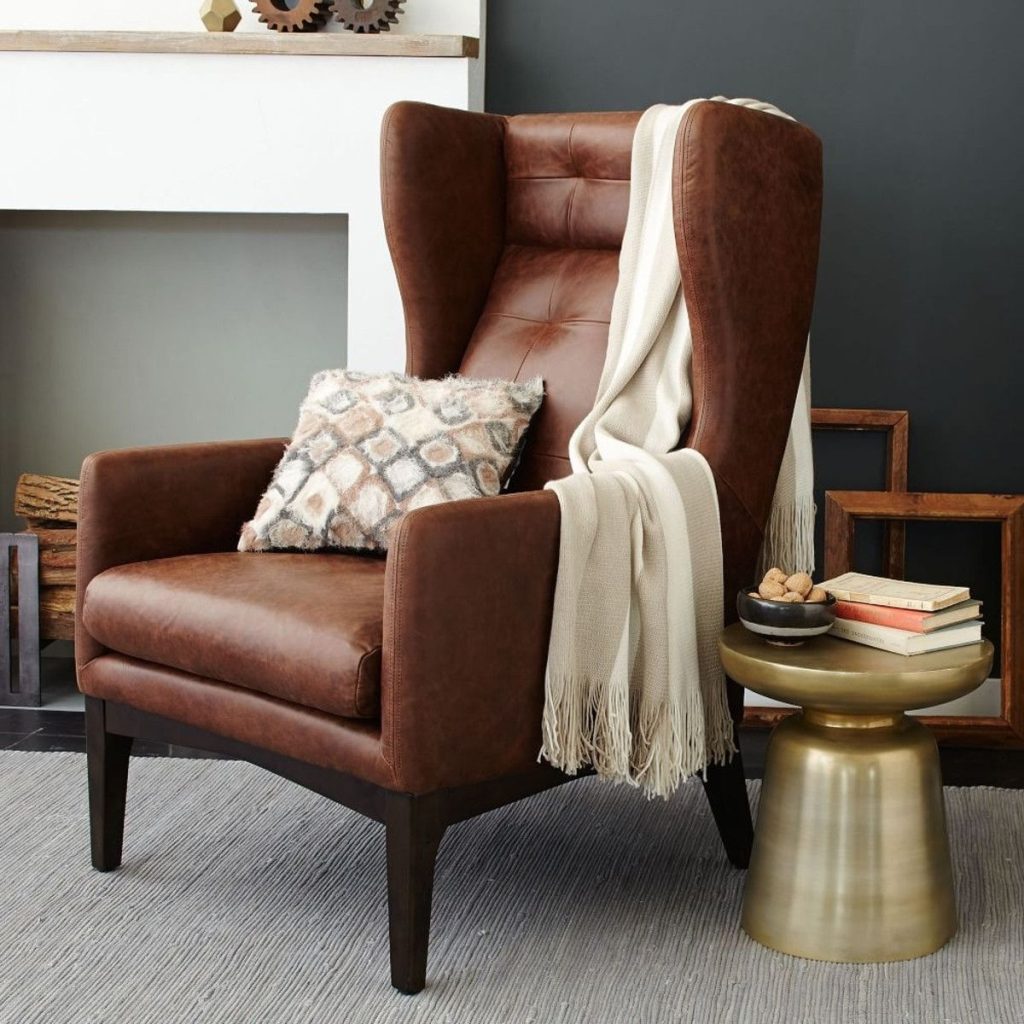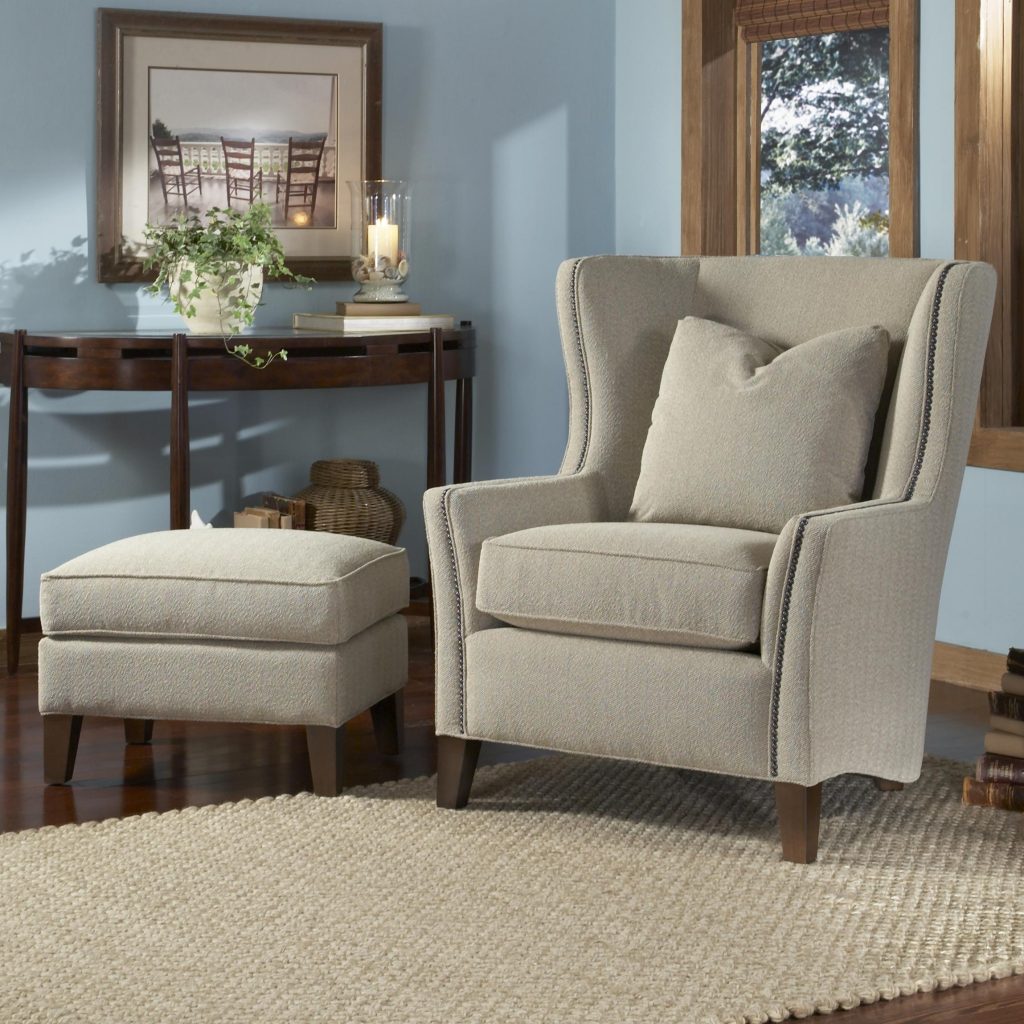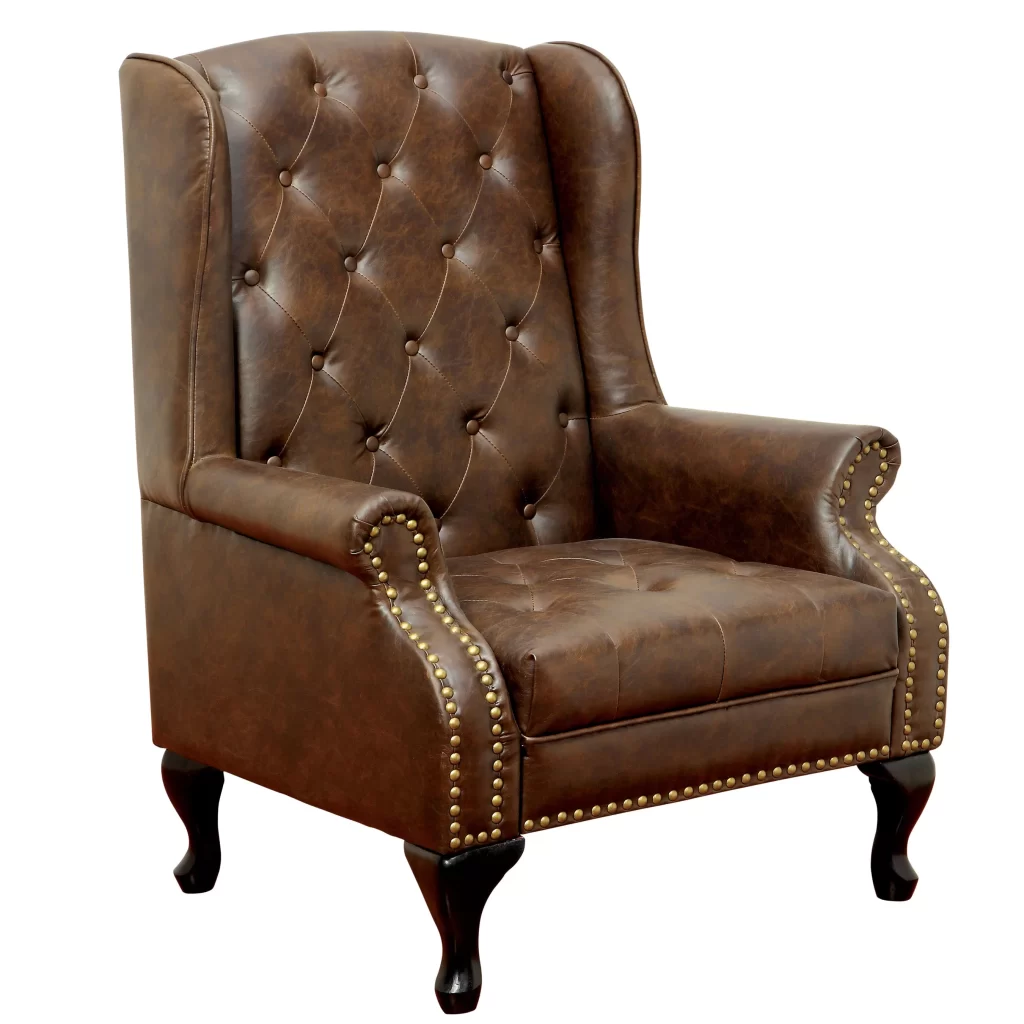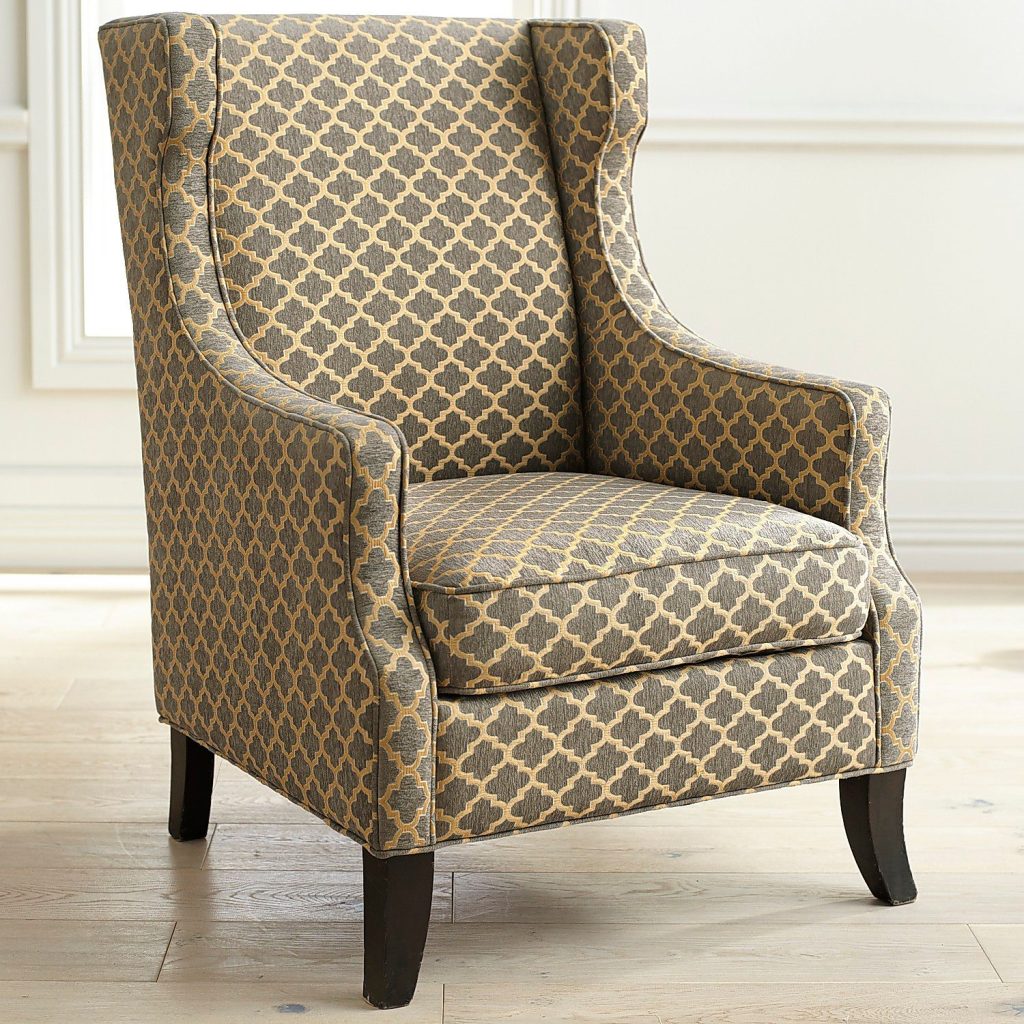Wingback chairs, with their distinctive tall backs and curved wings, have long been celebrated for their unique blend of comfort and elegance. Originating in the 17th century, they have transcended trends and styles, becoming a staple in homes around the world. This article will explore the rich history, various styles, materials, practical uses, and care tips for wingback chair, ensuring you understand this classic furniture piece in depth.
A Brief History of Wingback Chairs
Origins in Europe
Wingback chairs first appeared in Europe in the late 1600s. Initially, these chairs were designed to provide warmth and comfort in the drafty homes of the time. The “wings” on either side of the chair served a dual purpose: they helped shield the sitter from cold drafts and provided a cozy nook to relax in. These pieces often featured elaborate carvings and upholstery, reflecting the wealth and status of their owners.
Evolution through the Centuries
As time progressed, wingback chairs evolved in design and function. By the 18th century, they became more accessible to different classes, and their aesthetics shifted to complement the growing styles of the time. In the Georgian era, for example, their designs became more streamlined and less ornate. The Industrial Revolution brought mass production, making wingback chairs available to the general populace, leading to an increase in popularity.
The Modern Era
Today, wingback chairs come in a diverse range of styles and materials. While traditional designs still hold a place in classic and period homes, contemporary interpretations have emerged, incorporating modern fabrics, colors, and shapes. This adaptability ensures that wingback chairs remain relevant in various interior design trends.
Popular Styles of Wingback Chairs
Traditional Wingback Chairs
Traditional wingback chairs are characterized by their classic silhouette, with a high back and pronounced wings. Commonly upholstered in rich fabrics like velvet, these chairs often feature intricate patterns or solid colors, emphasizing their grandeur. These pieces are perfect for formal living rooms, libraries, or any space that seeks a touch of classic elegance.
Contemporary Wingback Chairs
The contemporary wingback chair breaks away from traditional norms. These chairs often feature more modern lines, with lower backs and less pronounced wings. They may be upholstered in bold colors or unique textures, allowing homeowners to make a striking statement. Designers often play with scale and proportion, delivering a fresh take on this timeless piece.
Reclining Wingback Chairs
For those seeking comfort without sacrificing style, reclining wingback chairs provide the best of both worlds. These chairs maintain the classic appearance of traditional wingbacks while incorporating a reclining mechanism, making them perfect for relaxation. Ideal for home theaters or cozy reading nooks, these chairs seamlessly marry form and function.
Child-Friendly Wingback Chairs
Miniature wingback chairs designed for children combine style with practicality. These chairs are often crafted with kid-friendly materials and come in bright, playful colors. A child-sized wingback chair can add a touch of sophistication to a nursery or playroom while providing a cozy spot for little ones to read or relax.
Materials Used in Wingback Chairs
Upholstery Fabrics
The choice of upholstery fabric can dramatically alter the appearance and comfort of a wingback chair. Popular options include:
- Leather: Known for its durability and classic appeal, leather upholstery adds a touch of luxury and easy maintenance.
- Cotton and Linen: These breathable fabrics are soft to the touch and often come in various colors and patterns.
- Velvet: Often associated with traditional styles, velvet offers a rich texture that can elevate an interior space.
- Microfiber: For those needing something easy to clean, microfiber is a great option. It’s practical and can mimic other textures while being highly durable.
Frame Construction
The frame of a wingback chair is critical to its longevity and stability. Chairs should ideally be constructed from high-quality hardwoods, ensuring lasting support. Cheaper options may use particleboard or metal frames that can compromise both comfort and durability. Make sure to check the construction quality before making a purchase.
Cushioning Materials
The cushions in a wingback chair largely impact its comfort. Common materials include:
- Foam: Often used in various densities, foam provides support and can be molded for comfort.
- Down and Feather: These materials offer a plush feel, perfect for those who prioritize softness.
- Synthetic Fiberfill: This option provides a balance between fluff and support, often used in a mix with other materials.
The Versatility of Wingback Chairs
Focal Points in Living Spaces
Wingback chairs can serve as striking focal points in living rooms. Placing a beautifully upholstered wingback in a corner can draw the eye and become a conversation starter. Pairing it with compatible accents, such as a side table or lamp, can create a cozy reading nook that invites relaxation.
Functional Additions to Home Offices
In today’s world, where remote work has become more common, wingback chairs offer comfort during long hours spent at a desk. Their structure encourages good posture, making them an ideal choice for home offices. Opting for a wingback chair with fabric that is durable and easy to clean can ensure it withstands daily use.
Pairing with Other Furniture
Wingback chairs can complement various furniture styles. Mixing a traditional wingback with a modern sofa can create a visually rich environment. Similarly, placing a contemporary wingback chair alongside antique pieces can lead to intriguing contrasts, enhancing the overall aesthetic.
Care and Maintenance Tips for Wingback Chairs
Regular Cleaning
The longevity of a wingback chair is greatly influenced by regular maintenance. Dust and vacuum the chair regularly to remove crumbs, dirt, and dust that can accumulate. For upholstered chairs, be sure to refer to the manufacturer’s cleaning instructions.
Stain Removal
Accidents happen, and knowing how to remove stains can save your wingback chair. Blot stains immediately with a soft cloth. For fabric chairs, a mild soap solution can help lift most stains. Always test cleaning solutions on a hidden area before applying them to a visible section.
Rotate Cushions
For chairs with removable cushions, rotating them regularly can help prevent uneven wear. This simple practice will extend the lifespan of your wingback chair, ensuring that it remains comfortable and visually appealing.
Protecting the Finish on Wooden Legs
If your wingback chair features wooden legs, care should be taken to maintain their finish. Regular dusting and applying a suitable wood polish will keep the wood looking its best, even in high-traffic areas.
Factors Affecting Repair Costs
When it comes to the repair of a wingback chair, various factors influence the overall cost. Understanding these factors can help homeowners make informed decisions about whether to repair or replace their beloved chairs.
1. Type of Damage
The first consideration is the nature of the damage. Common issues with wingback chairs include:
- Upholstery Damage: Rips, tears, or faded fabric are prevalent in older chairs, and the cost will depend on the extent of the damage. If the upholstery needs replacement, the choice of fabric can also affect the price significantly.
- Structural Damage: Issues like broken legs, loose joints, or damage to the frame require more intensive repair and may necessitate carpentry work, which can elevate costs significantly.
- Cushion Repair: Over time, cushions may flatten or become less supportive. Replacing or repairing the foam or filling inside can also impact the total cost.
2. Quality of Materials
The type of materials required for the repair plays a significant role in determining the costs. High-quality fabrics and cushioning materials will increase expenses, but they can provide durability and longevity. Conversely, opting for lower-quality materials may save money upfront but can lead to frequent repairs in the future.
3. Labor Costs
Labor costs can vary widely depending on the location and the experience level of the craftsman. Reupholstering a wingback chair is a labor-intensive task and often requires specialized skills. Be sure to factor in the wage of the upholsterer or repair professional into your cost analysis.
4. Customization and Design
If you choose to customize the chair—be it in selecting a specific fabric, adding additional decorative elements, or adjusting design features—the cost will escalate. Tailored designs can add a personal touch but often come with a higher price tag.
5. Regional Differences
Geographical location can also impact prices. Urban areas typically see higher labor costs due to the demand for skilled craftsmen, while rural areas may offer more economical options. If you’re willing to do some research, you may find varying prices based on where you live.
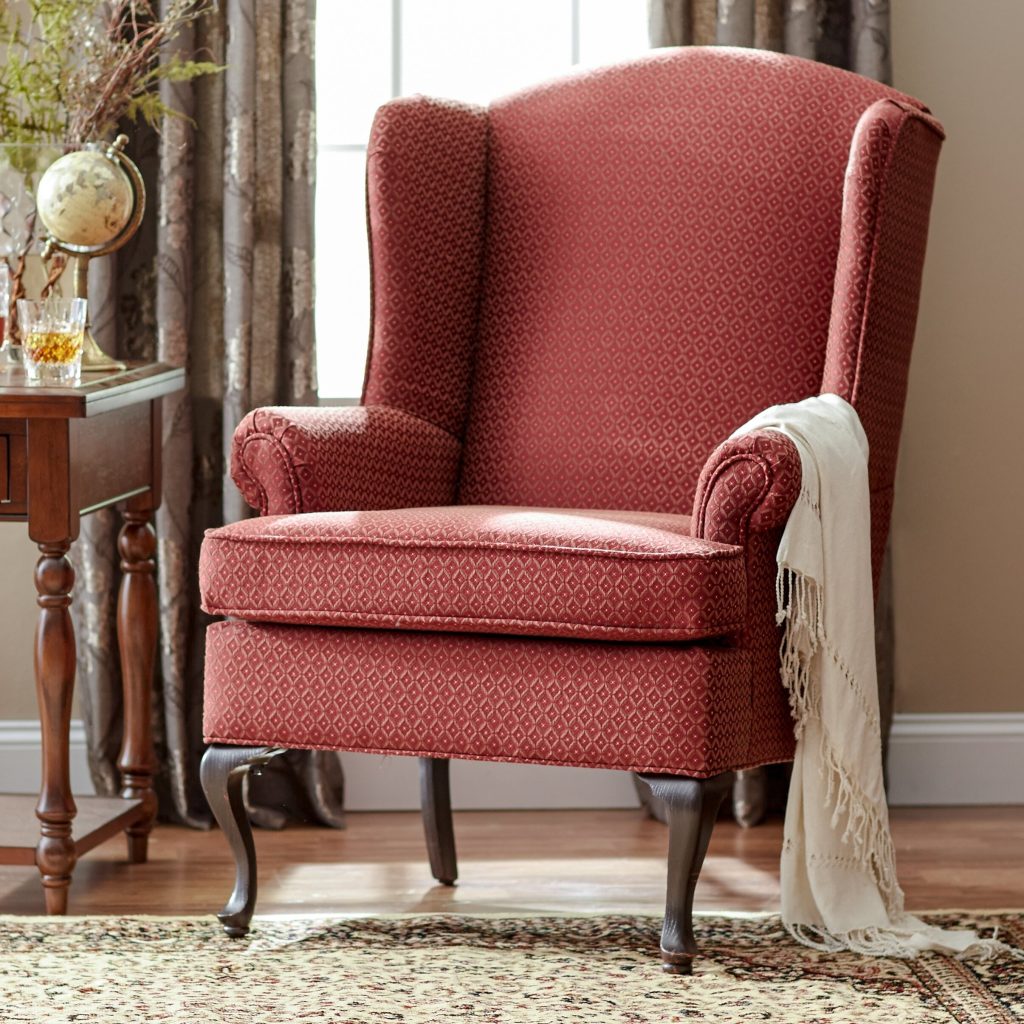 Conclusion: The Enduring Legacy of Wingback Chairs
Conclusion: The Enduring Legacy of Wingback Chairs
The wingback chair is more than just a piece of furniture; it is a testament to design history and an enduring symbol of comfort and style. As we’ve explored, wingback chairs come in a variety of styles, materials, and uses, making them versatile additions to any home. Their rich history and adaptability allow them to remain relevant throughout the ages, ensuring that the wingback chair continues to offer elegance and function in modern living spaces. Whether you choose a traditional design or go for a contemporary twist, investing in a wingback chair is a choice that marries aesthetics with practicality, ensuring you capture both comfort and style for years to come.

